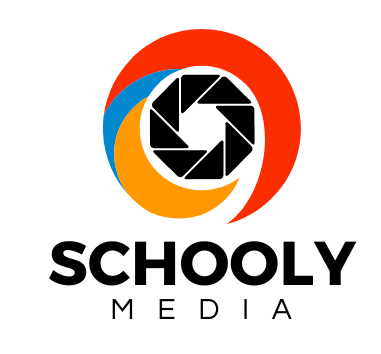Design Your Vision: Exploring Graphic Design for Young Creatives
In today’s digital age, where creativity knows no bounds, graphic design stands as a powerful medium for self-expression and communication. For young creatives embarking on their artistic journey, graphic design offers a captivating realm where imagination meets technology, and ideas are transformed into visual stories.
Unleashing Creativity through Graphic Design
Graphic design isn’t just about creating visually appealing images; it’s about telling stories, conveying emotions, and sparking conversations. As a young creative, you have the opportunity to harness the power of colors, shapes, and typography to craft designs that resonate deeply with your audience. Whether you’re designing a logo for a startup, creating a poster for a local event, or illustrating a concept for a social media campaign, each project becomes a canvas for your unique vision.
The Intersection of Art and Technology
What makes graphic design particularly enticing for young creatives is its seamless blend of artistry and technological prowess. With access to powerful design software and tools, you can bring your wildest ideas to life with precision and flair. From mastering the intricacies of Adobe Creative Suite to exploring new techniques in digital illustration, every skill learned adds another layer to your creative arsenal.
Building a Personal Brand
In today’s competitive landscape, establishing a distinct personal brand is crucial for aspiring graphic designers. Your portfolio becomes your calling card, showcasing not only your technical skills but also your creative voice and style.
As you develop your unique design aesthetic, each project becomes an opportunity to refine your craft and carve out your niche in the industry.
Navigating Challenges and Cultivating Resilience
Like any creative endeavor, graphic design comes with its own set of challenges. From navigating client feedback to overcoming creative blocks, each hurdle presents a chance for growth. Embracing these challenges with resilience and a growth mindset is essential for continuous improvement and innovation.
Empowering Through Collaboration
Graphic design thrives in collaborative environments where ideas are shared, critiqued, and refined. Engaging with fellow creatives, whether through online communities, workshops, or mentorship programs, opens doors to new perspectives and inspiration. Building a network of like-minded individuals not only enriches your creative journey but also fosters lifelong friendships and professional connections.

Graphic design tools are essential for creating visually appealing content. Here are some popular tools used by professionals and enthusiasts alike:
- 1. Adobe Creative Cloud Suite
- Adobe Photoshop: For photo editing and graphic design.
- Adobe Illustrator: For vector graphics and illustrations.
- Adobe InDesign: For layout design, especially for print materials.
- Adobe XD: For UI/UX design.
- 2. Canva
- User-friendly design tool with templates for social media, presentations, posters, and more.
- Great for beginners and non-designers.
- 3. Affinity Designer
- Alternative to Adobe Illustrator, suitable for vector graphic design.
- One-time purchase, no subscription required.
- 4. CorelDRAW Graphics Suite
- Comprehensive suite for vector illustration, layout, and photo editing.
- Popular among professional designers.
- 5. Sketch
- Primarily used for UI/UX design.
- Known for its simplicity and efficiency in designing web and mobile interfaces.
- 6. Figma
- Collaborative interface design tool.
- Ideal for UI/UX design, especially in team environments.
- 7. Procreate
- Powerful digital illustration app for iPad.
- Popular among digital artists for its intuitive interface and extensive brush library.
- 8. Gravit Designer
- Versatile graphic design tool available online and offline.
- Suitable for creating a variety of designs, from icons to presentations.
- 9. Inkscape
- Free and open-source vector graphics editor.
- Good alternative to Adobe Illustrator for budget-conscious designers.
- 10. Blender
- Open-source 3D graphics tool.
- Used for 3D modeling, animation, and rendering.
- 11. GIMP (GNU Image Manipulation Program)
- Free and open-source raster graphics editor.
- Alternative to Adobe Photoshop for photo editing and graphic design.
- 12. Vectr
- Free vector graphics editor.
- Simple and easy to use, suitable for beginners.
- 13. Krita
- Free and open-source painting program.
- Focuses on digital painting and concept art.
- 14. Adobe Spark
- Easy-to-use tool for creating graphics, web pages, and short videos.
- Great for social media content creation.
Choosing the right tool depends on your specific needs, skill level, and budget. for different use cases.
Conclusion
In essence, graphic design is more than just a profession—it’s a passion, a journey of self-discovery, and a medium through which young creatives can leave their mark on the world. By embracing innovation, honing your skills, and staying true to your creative vision, you have the power to shape the future of design and inspire others along the way.
As you embark on this exhilarating path of graphic design, remember to nurture your creativity, embrace challenges as opportunities, and let your imagination soar. Design your vision with passion, purpose, and a touch of human emotion, and watch as your creations captivate hearts and minds around the globe.





